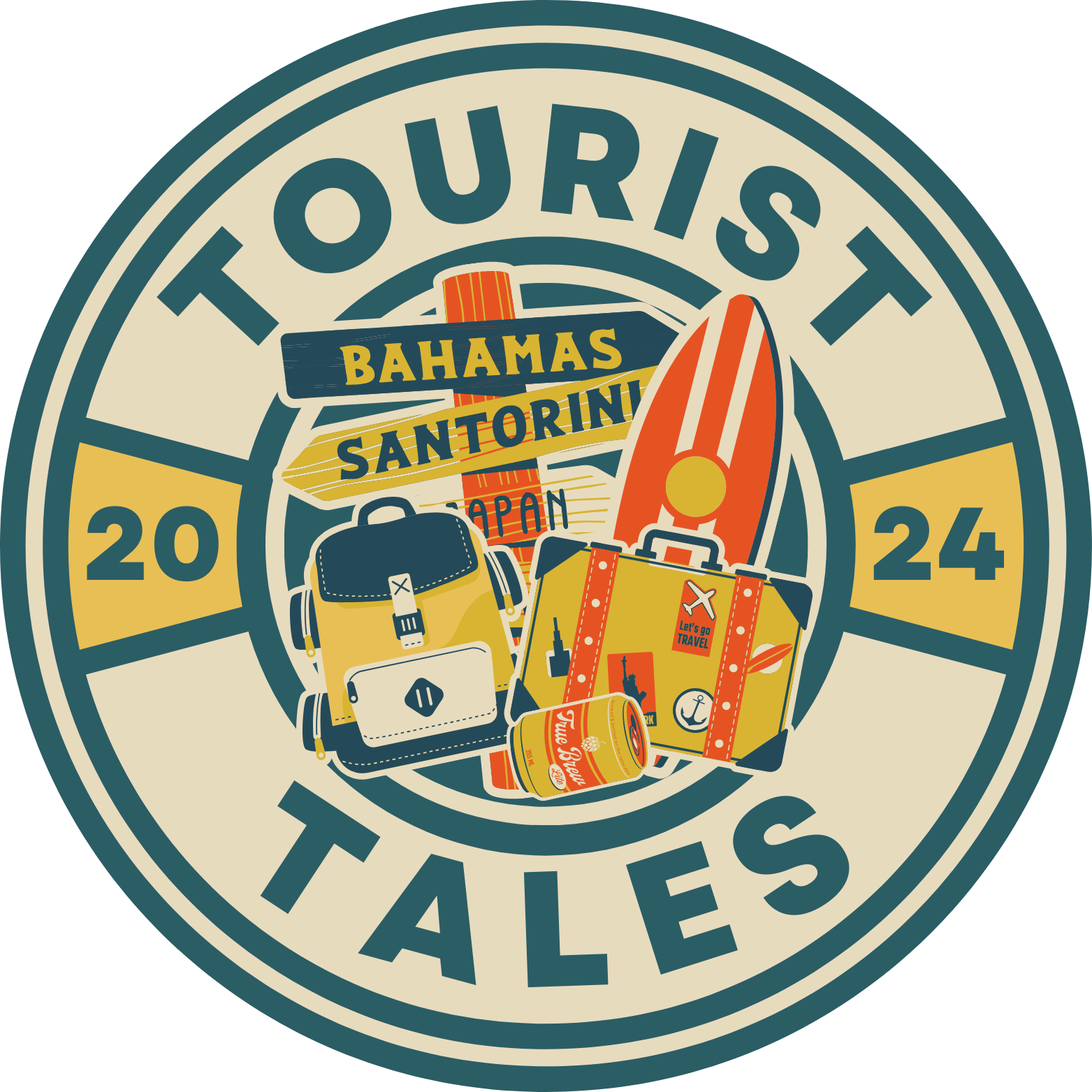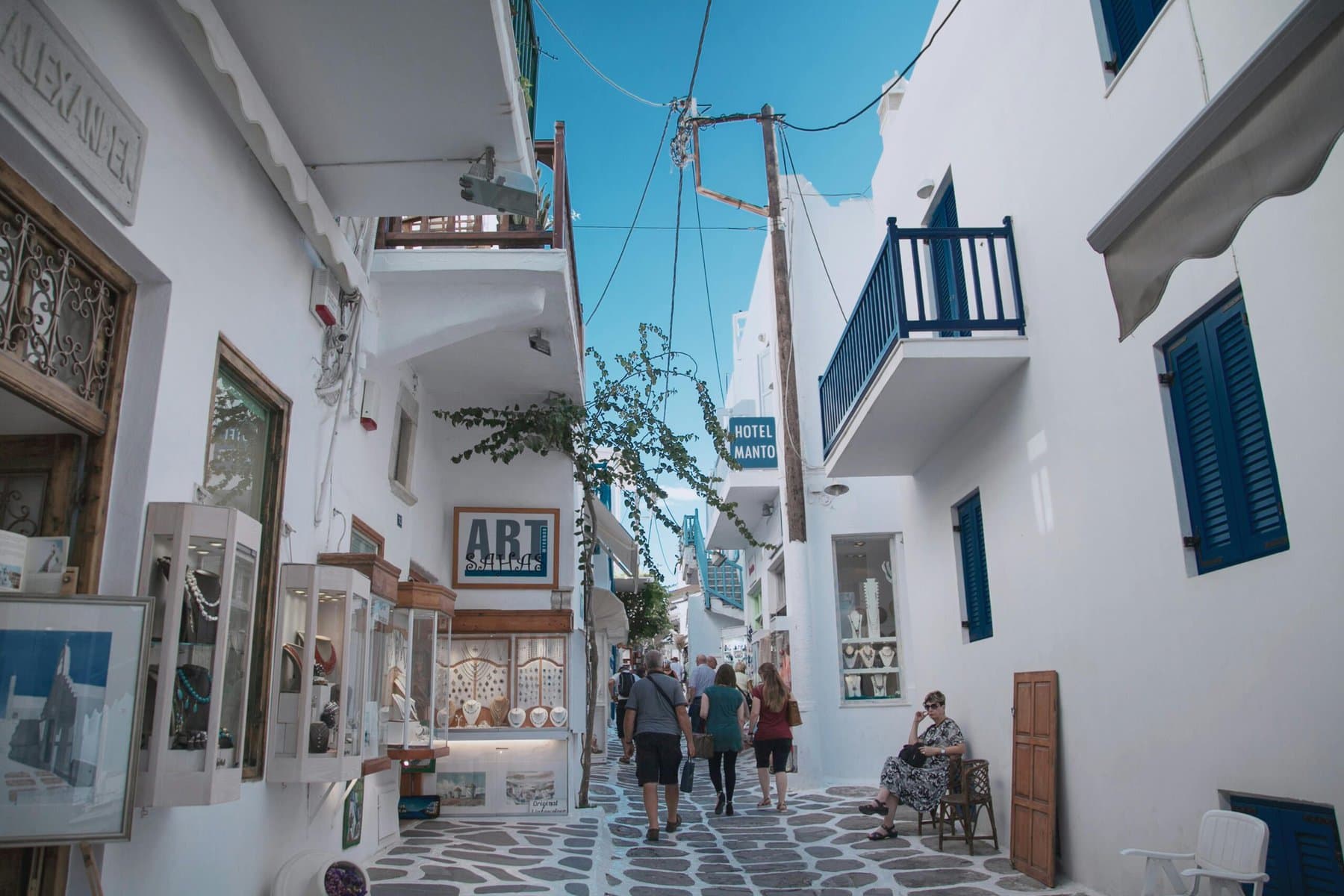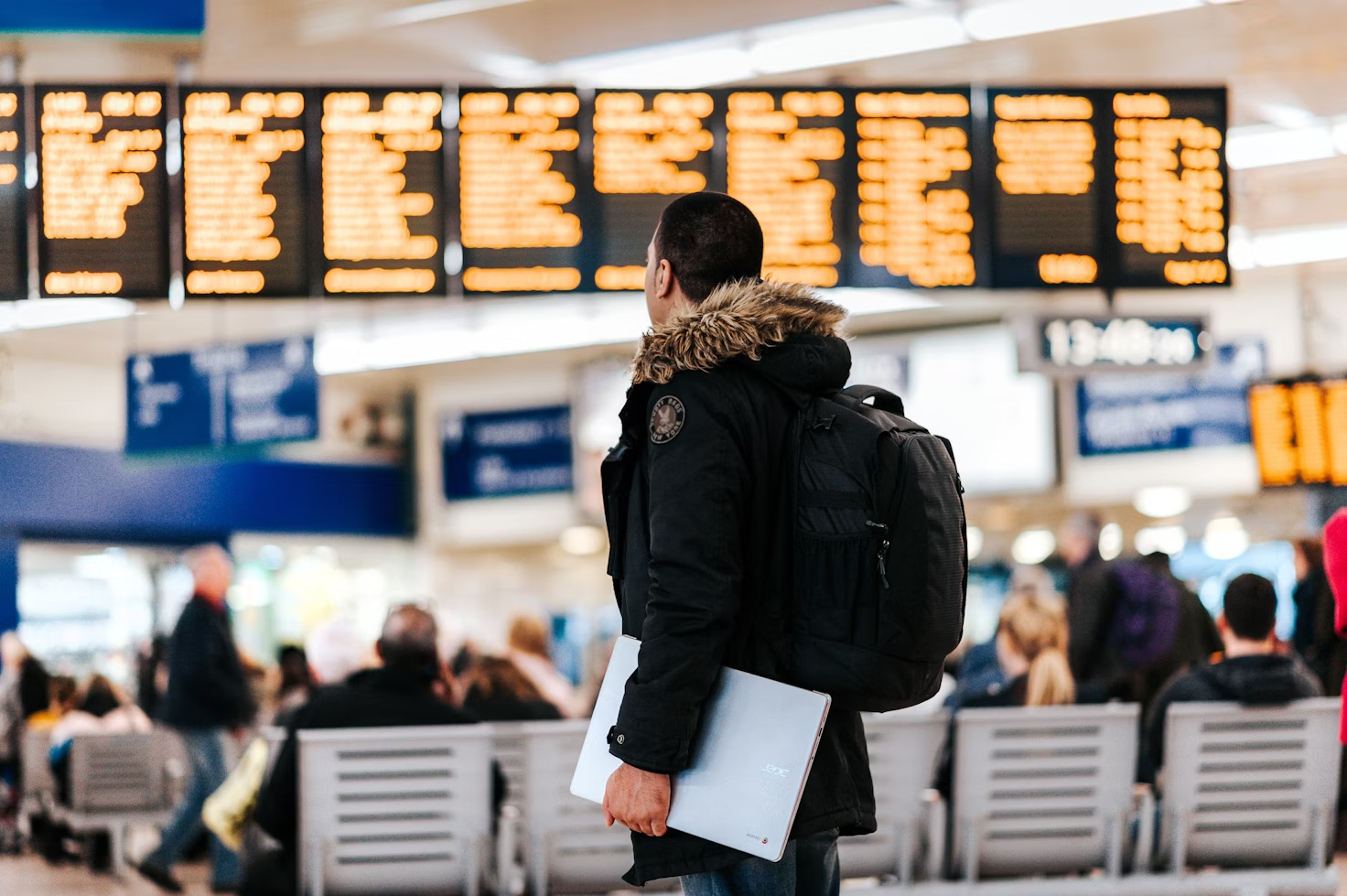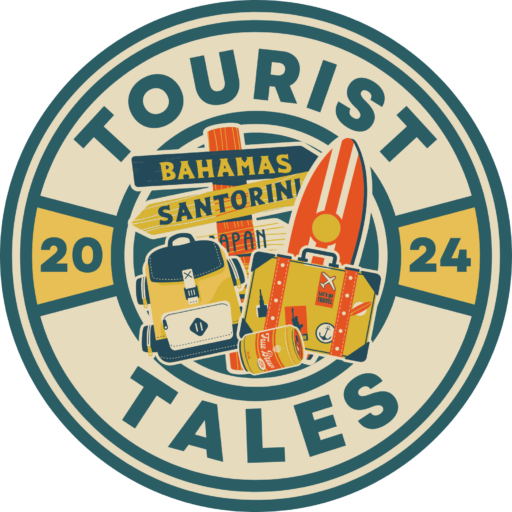So you’re thinking about visiting Mykonos in Greece – great choice! It’s a beautiful place with tons to do; from lazing on beautiful beaches, to enjoying its buzzing nightlife.
But knowing the best time to visit Mykonos Greece can be a bit tricky. Whether you’re planning a solo trip, looking for a fun place to explore with friends, or need a romantic getaway spot – I’ve got you covered.

Understanding Mykonos’ Weather Patterns
Mykonos shares the classic Mediterranean climate of much of Greece, with long, warm summers and mild, somewhat wetter winters. Knowing what to expect will definitely come in handy as you plan your holiday escape.
June to September is pure paradise, with sunshine and blue skies ruling the roost. You’ll spend your days on the beach, or out and about in the great outdoors soaking up all that wonderful weather. It can be hot, so it’s perfect if you’re here to worship the sun, or frolic in the Aegean Sea.
November to March means cooler weather and a lot more rain. It’s not too nippy though, with temperatures rarely below 10°C. When the summer crowds have split, this time of year brings a slower, gentler Mykonos.
Spring and autumn are idyllic, with temperatures sitting in the mild zone. There are also fewer people in the area at this time of the year, so you can explore all the island’s beauty alone, both in its charming streets, and its natural wonderland.

The Best Time to Visit Mykonos Greece for Parties and Nightlife
If you’re a party animal, then Mykonos is where you want to be. The island is renowned for its epic nightlife scene, with wild beach parties, exclusive clubs, and world-famous DJs galore.
Around Mykonos, the party really starts to heat up towards the end of June, and it’s going strong until early September. This is when Mykonos is truly at its most alive, as energy and excitement fills the streets. People come from all over the world to let their hair down amid the wild party scene that Mykonos has become so well-known for.
As you would expect, the hottest party months (in every sense of the word) are July and August. This is when the action is really cranked up to the max. Every night, there’s something going on, from wild beach bashes at Paradise and Super Paradise Beach to the greatest DJs on earth spinning the tunes at clubs such as Cavo Paradiso. Of course, it’s also the most popular time to visit, so be sure to book your accommodation and party tickets well in advance.
For those looking to hit the nightlife scene without the full onslaught of high season, mid to late June and the beginning of September are both great times to visit. The weather is still fantastic, and although the party scene might be a tad more subdued, you will still find plenty of fun to be had.
Of course, during this little pocket in the Mykonos calendar, it’s not just about the parties. These seasons are also a great time to kick back and enjoy what the warm Greek hospitality, amazing food, and breath-taking sunsets that the island also offers! If your idea of a good time is slower, but still involves epic dancing under the starry sky, then pencilling in a trip to Mykonos during these months will mean you get the best of both worlds.

The Best Time to Visit Mykonos Greece for Festivals
Mykonos is not only about sprawling beaches and wild days and nights. Throughout the year, the island hosts a variety of events and festivals, each bringing its own distinctive flavour to Mykonos’ vibrant, multicultural charm.
One celebration is the Mykonos Carnival, which takes place before Lent. It transforms the streets with floats, traditional costumes, and dance. This is the best moment to enjoy a traditional experience and see most of what Mykonian life would have been like in the past, complete with local music and the tradition of eating and drinking together in large groups.
Mykonos gets even livelier in summer, and the International Gay Festival held in July is one of the most important festivals to check out. During this festival, the island boasts a wide range of colourful parades, music and parties. It is an event of love and equality: a powerful statement of diversity, in the most evocative of landscapes.
The Harvest Festival held in September offers an entirely different glimpse into Mykonos’ agricultural past. It’s the perfect time to listen to traditional music and dance the night away, and to taste the local produce.
Each of these events shows a different facet of this island. Whatever your preference – the cultural riches of the Carnival, the upbeat atmosphere of the International Gay Festival, or the rural charm of the Harvest Festival – Mykonos will promise you a festive experience which makes it even more than the famous ‘place to party’.
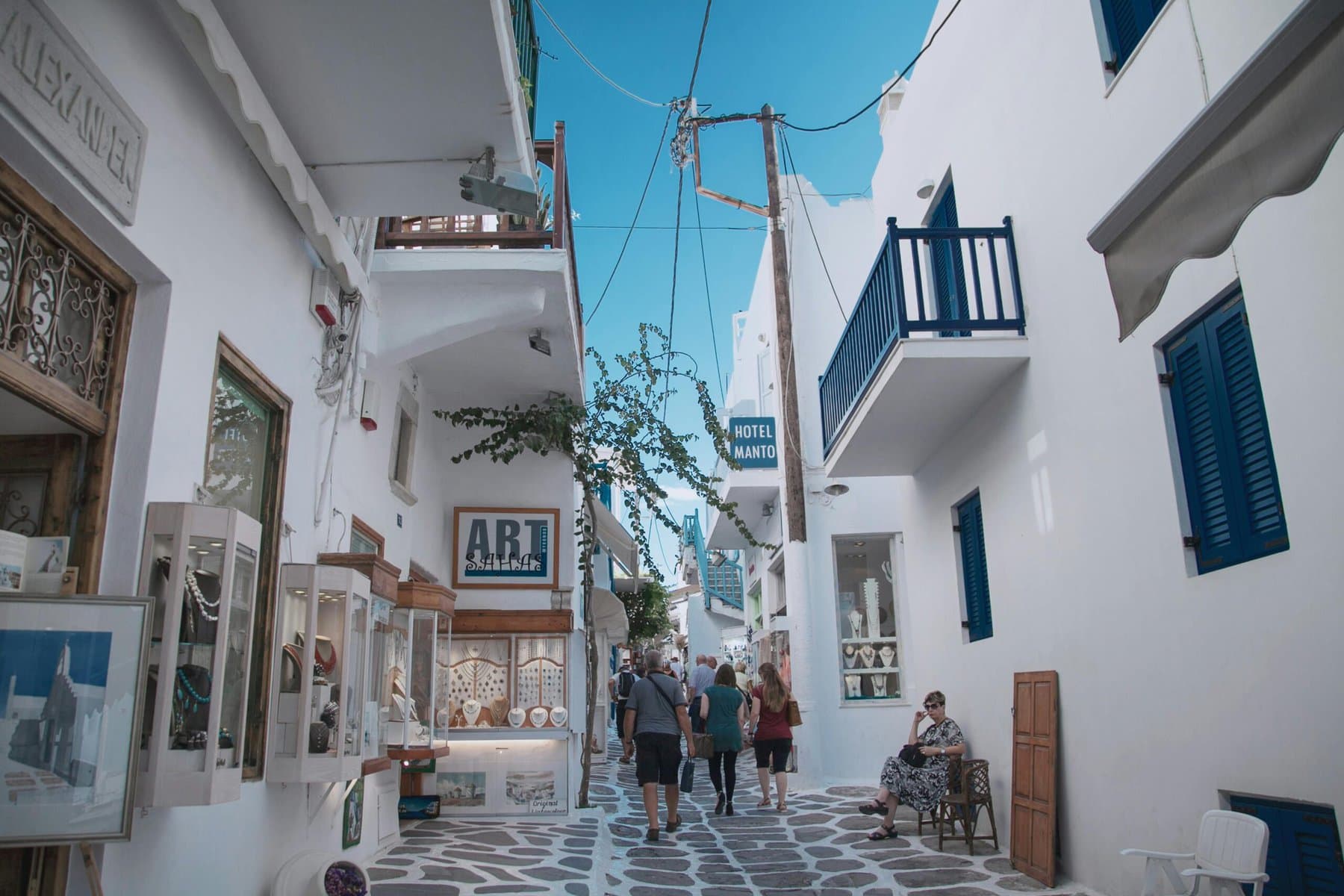
Shoulder Seasons: Ideal for Quiet Exploration in Mykonos
The slow seasons, from late April to early June and September to October, provide a different charm for those visiting Mykonos. They allow for the beauty of the island to be showcased with fewer crowds, providing more space to explore and finding the beauty in serenity. If these things appeal to you even in the tiniest sense, then don’t let them pass you by.
The weather throughout these months remains relatively favourable, with warm days fading into cooler evenings. These months are perfect for navigating the maze-like streets of Mykonos Town or lounging all day on the island’s beaches, without having to compete for a spot.
This is also the time when the sea remains pleasant enough for swimming – even more so towards June and again in September, perfect for those who want to claim their own little space on the beach.
It is also the ultimate time for the budget-conscious traveller to visit. With the drop in tourist numbers, prices for accommodation and activities tend to drop as well, meaning you can get the best of Mykonos without the summer premium. Want to book that super cute, super tiny hotel of your Instagram dreams, or a table at that little taverna with your favourite band darling not months, but weeks ahead of time? Then this is your window.
Another reason to visit during the Mykonos shoulder seasons is that they provide the ultimate chance to appreciate the island’s own culture. It allows you to really spend time with the locals or to visit the island’s many historical sites, without waiting in an hour-long queue.

Low Season in Mykonos: Pros and Cons
A winter visit to Mykonos, which spans from November to March, reveals a different side of this famed island – one that is equal parts challenging and rewarding. To help you decide whether or not to visit during these quieter months, here are the pros and cons of low season travel.
Let’s start with the pros:
- Tranquillity: Free from the mobs of summer, the low season results in a more serene Mykonos. These months are perfect for those who want to wander the labyrinthine streets of Mykonos Town with little more than their own thoughts and a camera.
- Authentic experiences: Fewer visitors will allow for further conversation with locals, and increased hospitality from the locals. These months provide a great look into Mykonian culture and the way the island carries on outside of the beach parties, which can often overshadow tradition in peak months.
- Lower prices: Flights and accommodation can be significantly cheaper during the off-season, tendering an affordable version of Mykonos for those on a tight budget.
And here are some of the cons:
- Limited services: The stilled pulse isn’t ideal for everyone. Many hotels, restaurants, and bars will close their doors for the winter months. This could narrow down your eating and entertainment options to just a few places, so you’ll want to do your research before going, or you might find yourself inadvertently fasting during low season.
- Weather variability: The weather becomes even more unpredictable, with temperatures much cooler (though it seldom, if ever, gets really cold) and the likelihood of rain much higher. Without the baking sun to warm the land, the islands won’t exactly appear in their brochure form. Those dreaming of sunbathing or swimming in the Aegean might not find Mykonos at its very best.
- Fewer events: Low season means less of everything, and that includes events and parties. If your idea of visiting Mykonos is to stumble out of a club as the sun begins to fade into view, the low season might not measure up to your expectations.
Experiencing Mykonos in Winter
In the winter months, Mykonos becomes a peaceful hideaway, a striking contrast from its summer alter-ego of packed streets and lively nights. This surge of serenity lifts the island’s veil, providing a precious opportunity for the few who visit between November and March.
Winters on Mykonos see temperatures between 10°C to 15°C – not exactly beach weather, but perfect for exploring without the scorching summer sun. The weather can however be very unpredictable, with the sun turning into rain and back again. But this can also be very charming, as the changing light can make for some very dramatic landscapes.
One of the best things about visiting Mykonos in the winter is that it’s crowd-free. You’re free to wander the labyrinth of narrow streets of Chora, the island’s main town, without throngs of others. The iconic windmills and Little Venice, as well as the charming cube-like houses can be enjoyed at your leisure the way they used to before they were Instagram famous. And even more so, the beaches can be experienced at their pristine best, silently ticking away until the summer hordes descend.
As mentioned in the previous section, a number of tourist facilities close down during the winter season, including a few hotels, restaurants and bars, but the ones that stay open are even the more genuine peak into authentic local life, as you’ll be dining alongside Mykonians rather than fellow tourists.
Winters are also full of cultural experiences, with a number of local festivals and events taking place, such as Christmas, New Year and Epiphany, all celebrated island-style, full of local tradition and history – with lots of church-going and even more communal feasting.
Accommodation rates in winter are also significantly cheaper than summer high-season. Rental cars and scooters are also much less expensive through the winter months, so this is the time to get out and explore.
In conclusion, Mykonos in winter serves as a rare opportunity to see the island’s raw beauty, its community, and culture – without the tourist hordes, which makes it the perfect choice for the slower and more discerning traveller. Weather may be cooler, and amenities more scarce, but the virtues of silence, authenticity, and savings make a compelling case for a seasonal shift.

How Weather Influences Outdoor Activities in Mykonos
In Mykonos, the Mediterranean weather pattern can dictate when and how you can enjoy the island’s various outdoor activities.
The summer months – from June through August – are almost perfect for any outdoor enthusiast. Warm temperatures (mid-20s to low 30s) and the accompanying sea breeze make for great beach-going, swimming, and watersport conditions. It’s a time when the island is pulsating with energy, and when sailing, windsurfing, and diving are at their peak. The Aegean Sea is at its clearest and calmest, inviting travellers to its depths, while the beaches are teeming with life and endless fun, mixing both laid-back and fast-paced adventures.
The meltemi winds – an annual strong, seasonal northerly wind that can be both a blessing and a bit of a bother – peak in July and August. They usher in cooler winds for a welcome break from the heat, and make windsurfing and sailing an absolute rush. However, on some days, the winds can become too strong for beach-going and beach-domains.
The shoulder seasons, spring (April to early June) and autumn (September to October), also feature mostly favourable weather for outdoor activities, as there are fewer visitors on the island. This is a perfect time for hiking through the island’s untamed land, as it’s not too hot. The sea, meanwhile, stays warm enough to swim through October, offering a more tranquil beach experience.
Winter in Mykonos is cooler with more rainy days, which can limit outdoor activities. But, it opens an opportunity for a tranquil exploration of the island’s cultural and natural beauty, without the congestion of summer. Dips and hikes are still possible, offering a different perspective of the island’s allure.
Final Thoughts on The Best Time to Visit Mykonos Greece
Have you been to Mykonos? What’s the best time to visit Mykonos Greece, in your opinion? Feel free to let me know in the comments.
For more travel tips and unique travel itineraries, subscribe to my weekly newsletter, so you can get more insights from me delivered straight to your inbox.
Safe travels!
